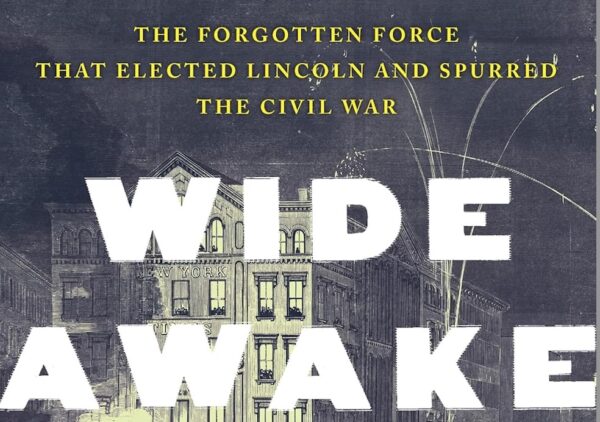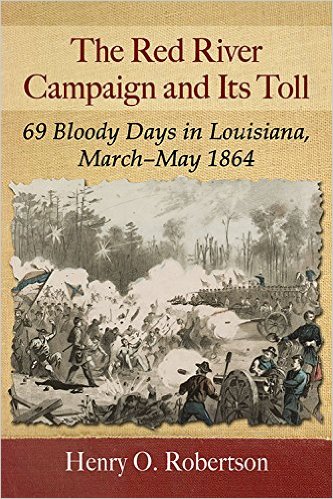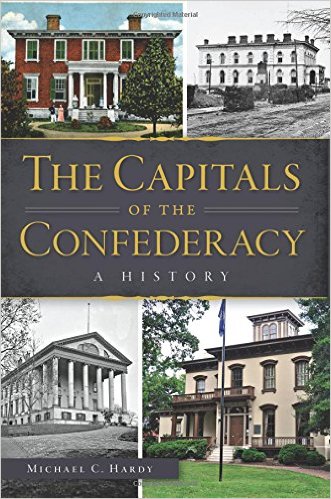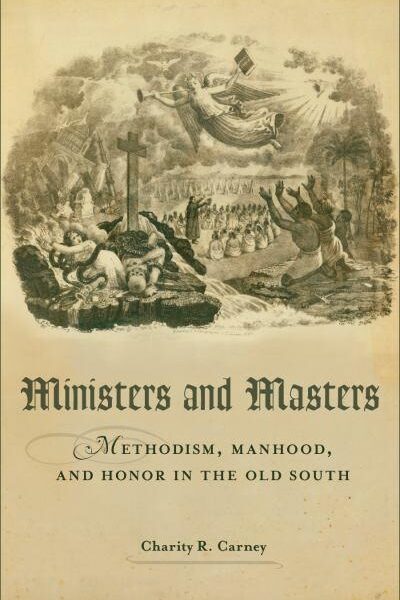Reconstructing the Campus: Higher Education and the American Civil War by Michael David Cohen. University of Virginia Press, 2012. Cloth, ISBN: 9780813933177. $45.00.
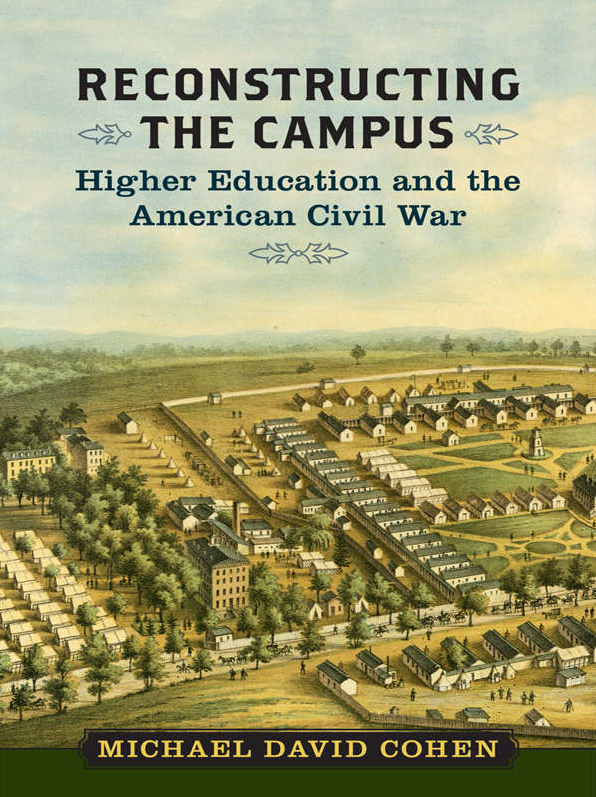
Reconstructing the Campus examines the effect of the Civil War on American colleges and universities. Michael David Cohen concludes that the Civil War was transformative for southern higher education. Because northern colleges and universities continued on a trajectory nearly identical to that pursued before the war, the bulk of Cohen’s study investigates how the war propelled southern universities and colleges toward wholesale changes. In the postwar era, southern schools caught up with and then managed to pace northern schools along their seemingly predetermined path. Northern schools ultimately serve as Cohen’s baseline against which he measures the South’s changes. Cohen makes the distinction that while “Northern colleges became universities after the Civil War” but not “because of the war,” southern universities developed solely as a response to the impact of the conflict (78).
To complete his study, Cohen compiled seven case studies of what he argues were representative institutions of higher education for the mid-nineteenth century: Harvard University, the College of California, Wesleyan Female College (GA), Cornell College (IA), South Carolina College, the University of Missouri, and Mount Holyoke Female Seminary (MA). The group is diverse regarding location, gender policies, range of educational options, racial inclusion, and sources of funding. Unfortunately, Cohen uses the case studies in an unbalanced way, with several of the examples serving only very minor roles. The College of California, for instance, seems disjointed from the study and is not integrated into the narrative or the arguments as fully as Cohen might intend. Although Cohen aptly illustrates his arguments using this sample, it is not entirely clear why or how these schools represented higher education in Reconstruction America.
Cohen sets out to examine change, yet one of the strengths of his work is how well he explores continuities. He provides an overview of the history of education in the United States from the colonial era to the Civil War in a concise and insightful manner. The author engages with some of the most significant scholars of educational and institutional history, including Merle Curti, Laurence R. Veysey, and John R. Thelin. As such, this book contributes to the existing literature regarding the history of higher education, a literature that is rich with both quantitative and qualitative cultural studies.
Cohen uses the first chapter about the effect of the war on the schools to set the scene for what occurs in the postwar era. The significant conclusions come in the latter chapters, which are approached thematically and focus on the years of Reconstruction. As Cohen convincingly argues, southern colleges and universities adopted admissions guidelines that attracted student bodies similar in economic and gender diversity to northern schools. Their strides on race, however, lagged. The war also made schools more dependent on local populations and caused administrators to compete for in-state students. Cohen briefly discusses the creation of extension programs as a way to further root the schools within their surrounding communities. Finally, the last chapter contains historiographical analysis and an overly long discussion of the creation of the Bureau of Education. This departure from the main thrust of the book distracts from his sample of schools and focuses too much on the bureaucratic aspects of education.
Higher education administrators today would benefit from a close reading of this book. Other than the reference to race, it would be hard to discern whether Cohen was talking about 1866 or 2014 when he writes that “The University of South Carolina continued to teach the classics, but now it also trained the state’s young white men to earn a living” (83). The dependence of the nation’s institutions on federal and state funding, donations, and tuition during Reconstruction also echoes loudly across today’s campuses. Just as colleges and universities after the war sought to determine the educational priorities of “the nation as a whole” and to “attract new types of students,” institutions today struggle with similar issues (91).
Overall, Cohen’s book can be useful for Civil War and Reconstruction scholars. As we approach the sesquicentennial of Reconstruction, it is clear how much work is left to be done regarding its nature and consequences. Cohen’s work allows us to consider how education played a role in the nation’s development during that era.
Julie A. Mujic is Assistant Professor of History at Sacred Heart University. Her doctoral dissertation explored patriotism among students at Midwestern universities during the American Civil War.

